Guest post by Julia Friedrich and Niklas Masuhr
Evidence of war crimes and atrocities committed by the Russian armed forces in Ukraine is surfacing—from Bucha and Borodyanka, to Chernihiv and Mariupol. Why are these atrocities happening?
While it is clear that mass atrocities do not simply materialize in a cultural vacuum, civilizational explanations—i.e., the idea that Russians do not value life the way we do in the West—are lazy and fall short of understanding the roots of the brutality.
The Kremlin has not hidden the fact that it questions Ukraine’s existence as a sovereign state and aims to remove Ukraine as a political entity. As a result, deliberately targeting and killing civilians en masse is part of its strategy. Atrocities are not a by-product of corruption or the consequence of a military and society structured by violence. Mass atrocities are a deliberate approach, and are driven by Moscow’s choices and the structural enablers it has put in place.
There are two reasons the Russian armed forces commit atrocities: First, brutality is used to suppress and deter resistance and, second, atrocities are the result of a break down in Russian morale and command authority. Military history is rife with examples of strategic brutality and troops retaliating against resisting populations on their own volition. Neither driver is essentially Russian, yet, in the Russian case, the more important of the two is the strategic use of atrocities.
Observers of Russian military operations were not surprised to learn about mass atrocities in Ukraine. While contemporary Western counterinsurgency aims to acquire legitimacy (“hearts and minds”), Russian counterinsurgency rests much more on coercion. Moscow can claim a certain degree of success: Its firepower-centric approaches achieved results in both the Second Chechen War and in Syria. Beyond individual military units with previous experience in Russian counterinsurgency, a substantial number of “repression experts” attached to the National Guard (Rosgvardia) and the Federal Security Service (FSB), as well as mercenaries have been deployed to Ukraine. Many of the latter groups and units, such as Chechens serving as part of Rosgvardia (Kadyrovtsy) and the infamous Wagner Group, have notorious backgrounds in brutal insurgency campaigns.
Russia’s political goals in Ukraine lend themselves to violence against civilians, even more so after Moscow’s narrative shifted the motive for the war from liberating the Ukrainian population to cleansing it from “Nazi” elements. Russian propaganda has portrayed Ukraine as a wayward colony rightfully part of Russia’s orbit at least since 2014, a narrative that was sharpened in the run-up to the February 2022 invasion. As such, the notion before the invasion that Russia would strive to limit the effects of the war to the Ukrainian military due to “cultural kinship” fell apart only days after the opening of the war when Moscow relaxed the rules of engagement on the use of artillery against urban areas.
After the Bucha massacre came to light, Russian President Putin proceeded to decorate the 64th Guards Motorized Rifle Brigade—the regular army unit connected to the mass killing by Ukrainian intelligence—politically defending its tactics. Establishing control, in Putin’s view, is not achieved by winning hearts and minds, but by breaking popular—and ultimately political—will. In this sense, massacres and other atrocities not only serve tactical, local purposes but are an integral strategic element, recalling Bashar al-Assad’s use of chemical weapons and other atrocities to terrorize and break the collective will of the civilian population in Syria—with Moscow’s help.
Aside from units specifically deployed to terrorize the civilian population, individual soldiers and entire units have also acted on their own accord, lashing out against a population they were told would greet them as liberators. The Russian military’s inability to fight a broad-front war involving close to 200,000 troops has left many of the rank and file frustrated. The Russian ground forces’ steep command hierarchy may also contribute to rank and file brutality against civilians: Unlike its NATO counterparts, the Russian military does not possess a well-trained and experienced corps of non-commissioned officers capable of enforcing discipline and maintaining leadership even in adverse military situations.
Frustration and weak leadership are not the only factors driving soldiers to commit violence. As the war goes on, more information surfaces about the socio-economic composition of the Russian army, which is made up in large part by soldiers from regions on Russia’s edges, notably the far-east and south. As various authors have pointed out, violence, including sexual violence, is prevalent in these regions, which helps to explain why the extreme violence committed is often not contested, but accepted as necessary or at least not unusual. The socio-economic status of the Russia army may also help to explain the scale of looting that has occurred.
Still, arguing that Russian soldiers simply “do not value life,” or are not used to anything else, is both a gross generalization and an underestimation of Russia’s war aims. The prevalence of violence in Russian society may be an enabling factor for individuals to resort to violence against civilians, but it is not an adequate explanation for the systemic nature and scale of mass atrocities.
While Russia’s brutal counterinsurgency can claim some success, one key ingredient that has accompanied prior campaigns appears to be missing in Ukraine: control over the narrative. In Chechnya, Russia was able to destroy largely civilian areas by massed artillery because it sealed off communication channels. In Ukraine, however, governments, journalists, and the burgeoning field of civilian open-source intelligence have upheld a narrative that is successfully competing with Russia’s narrative about the war. These Ukrainian voices have created solidarity in Ukraine and pushed Western leaders towards greater support for the country. Russian information operations may have more success in China, the Middle East, or some African countries, but they have lost the narrative battle in the West. And the Ukrainian population has so far not given any indication of folding collectively. On the contrary, buoyed by military success and political leadership, Russian brutality appears to have strengthened Ukrainian resolve rather than weakened it.
The strategic use of atrocities is a reminder of what is at stake in Ukraine. Despite the current shift in the center of gravity to the Donbas region, destroying Ukraine as a state and as a nation, remains the Kremlin’s central goal. And, as the Kremlin sees it, atrocities pave the way towards achieving it.
Julia Friedrich is a Research Fellow at the Berlin-based Global Public Policy Institute (GPPi) where she investigates security dynamics in Ukraine and Russia. Niklas Masuhr is a Senior Researcher and military analyst at the Center for Security Studies at ETH Zurich, focusing on military strategy and doctrine of Russian and NATO armed forces in particular.

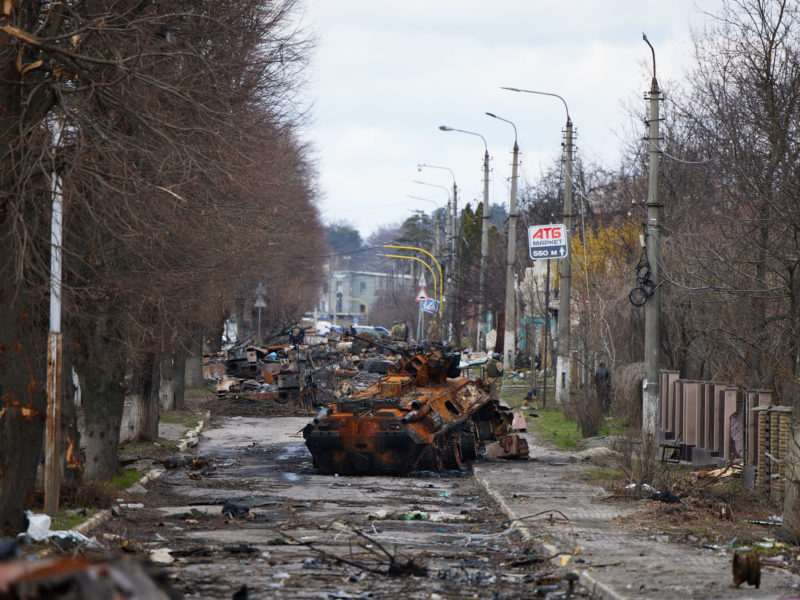
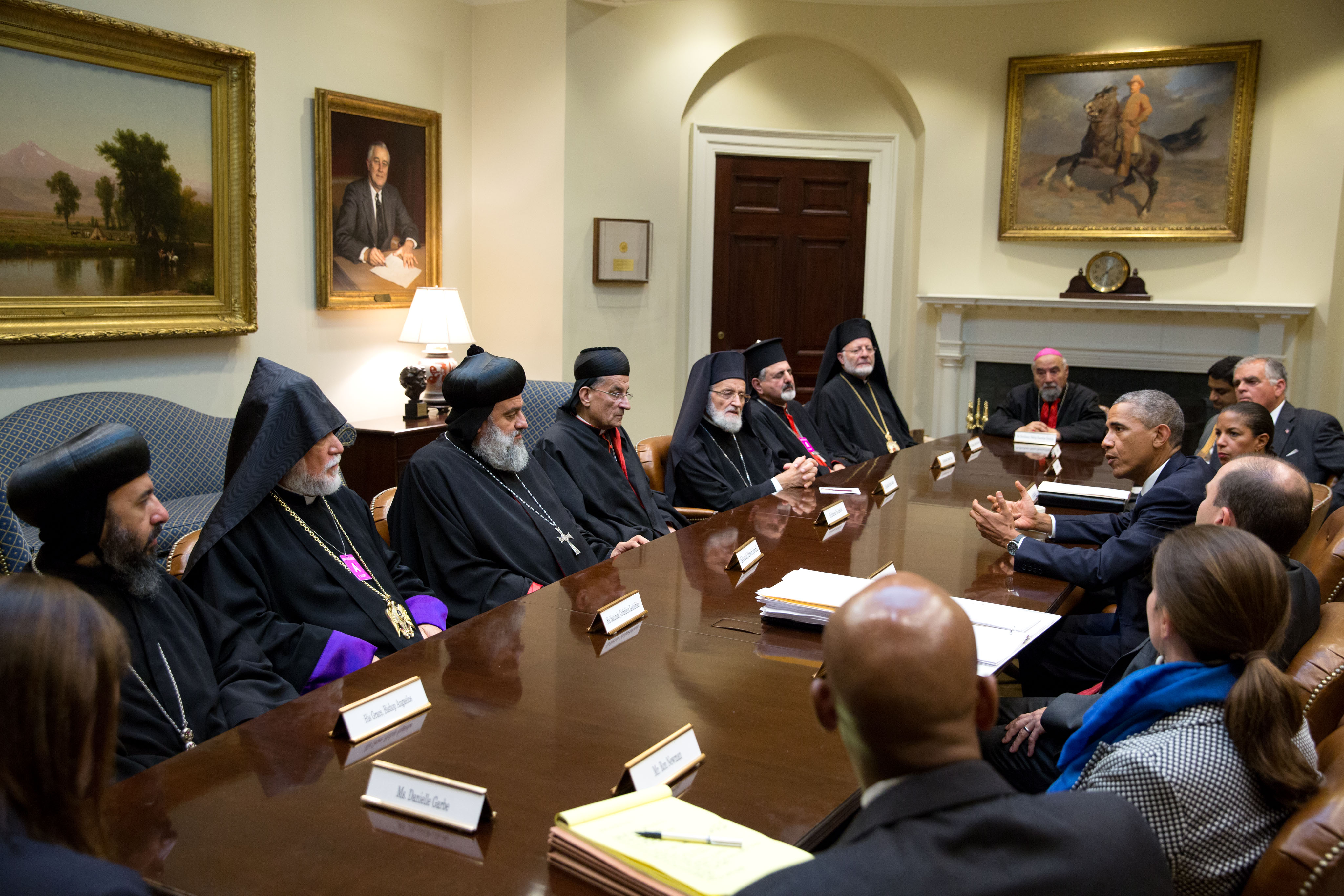
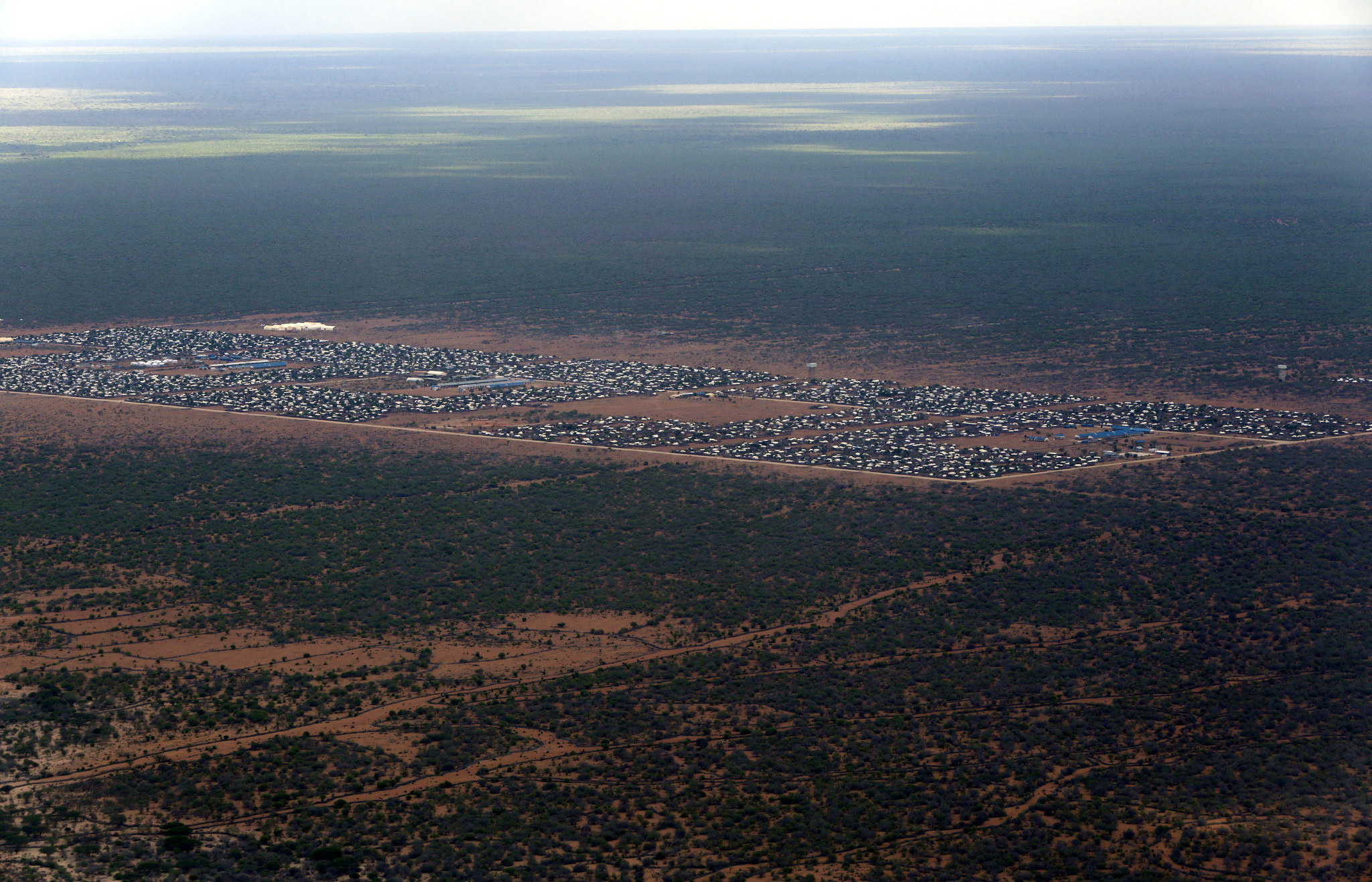
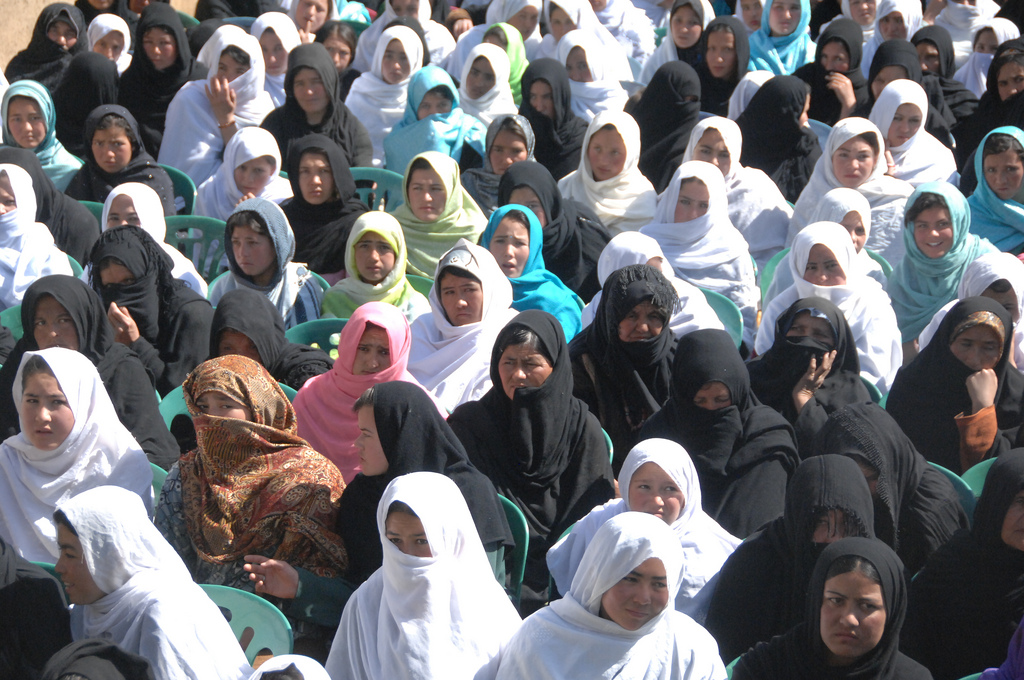
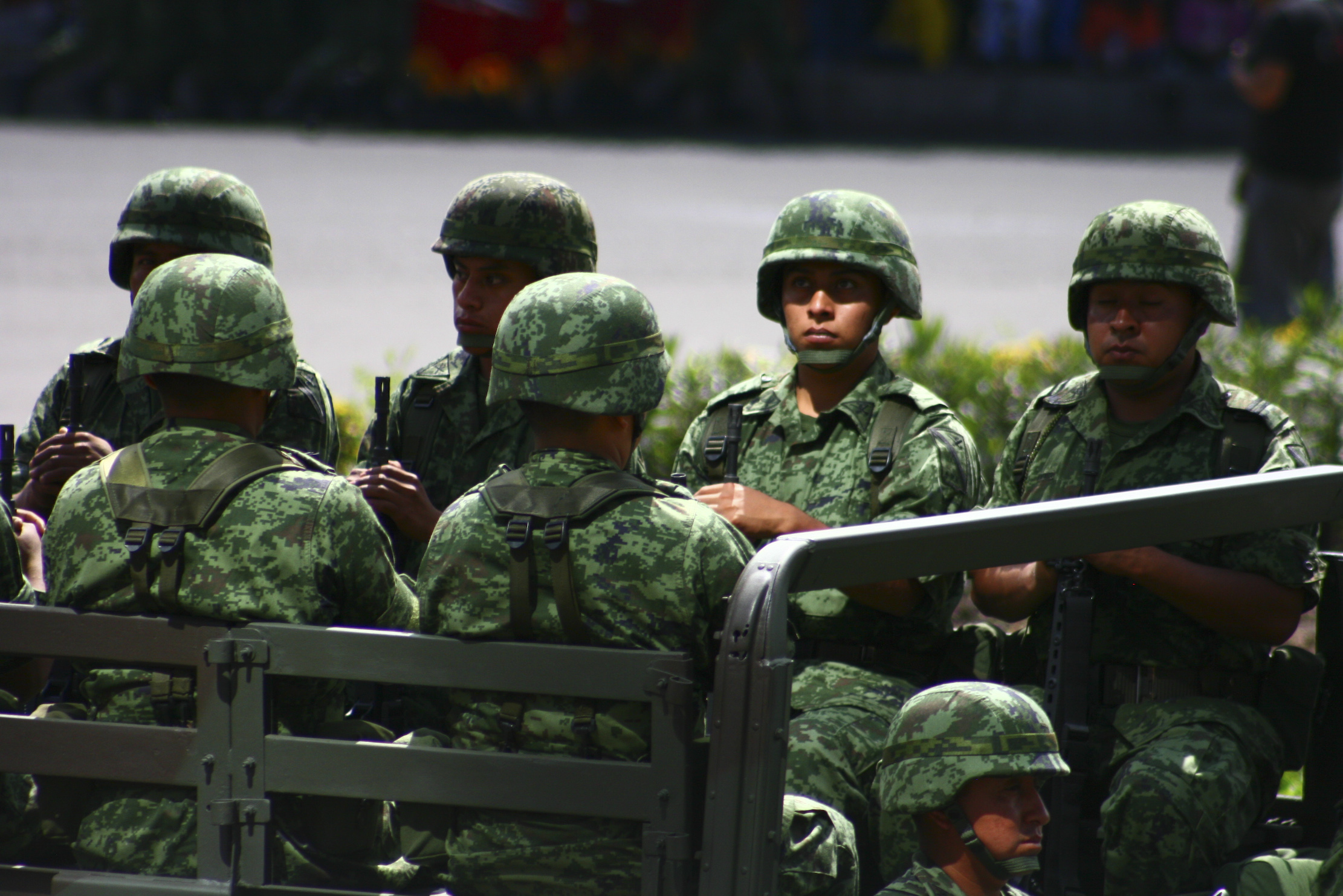

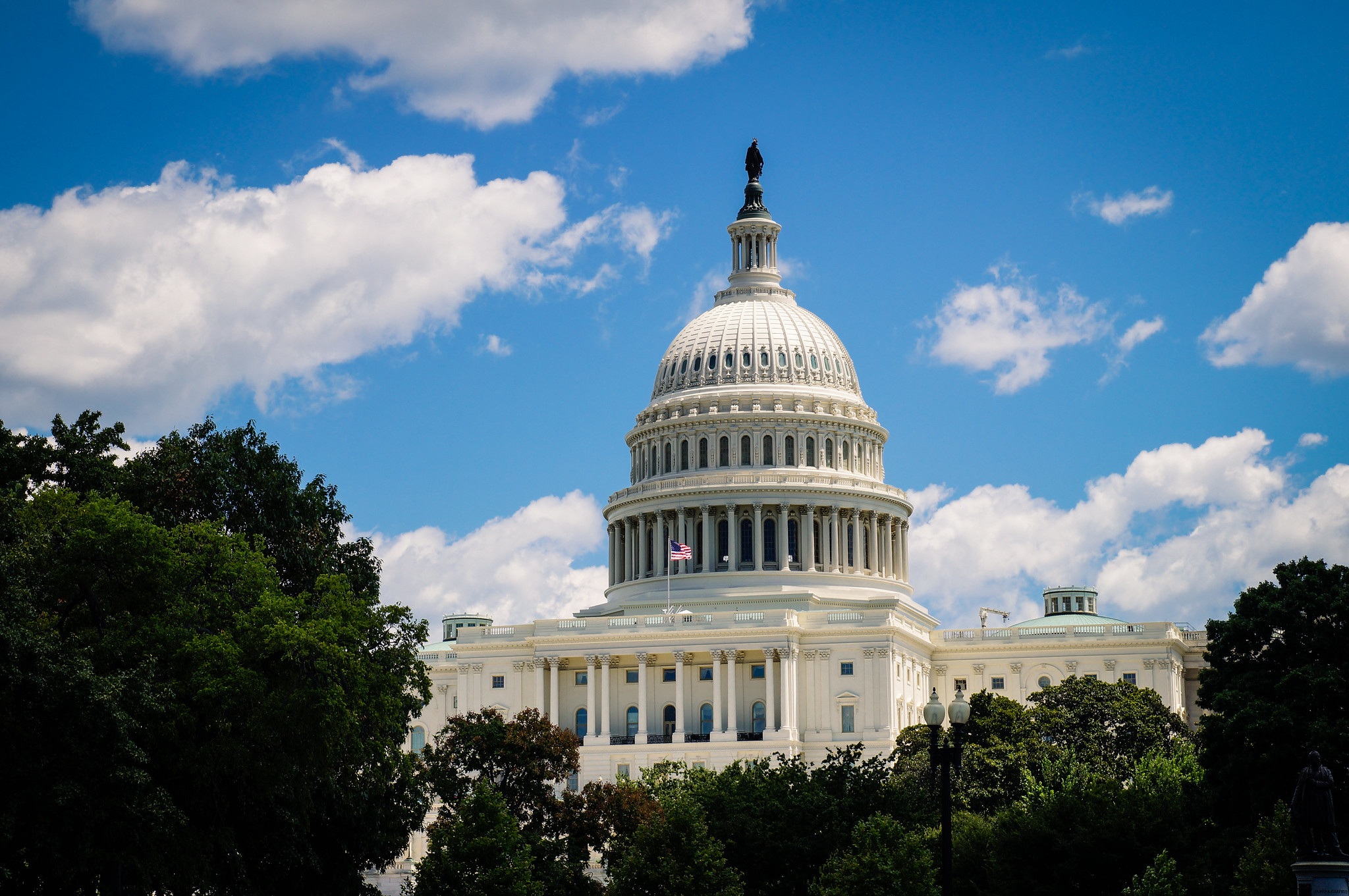
3 comments
You confusingly conflate violence used in conventional military operations with violence used in counter-insurgency operations in this piece. They are not the same, with different goals and priorities evident.
Vladmir Putin is making an example of Ukraine to Eastern Europe that resistance will result in the complete destruction of your country and that economic sanctions alone are an ineffective deterrent against peer countries like Russia and China.
Putin is proposing the theory that insurgencies are only effective against occupation from Western countries who are attempting to win over the “hearts and minds” of the insurgents. Genghis Khan had initiated the same tactic by razing entire cities at the first sign of resistance. Those cities whom didn’t resist were left alone as long they paid tribute. The ineffectiveness of Western support has been promoted by Russian Strategic Communication by stating that the West will continue to fight until the last dead Ukrainian.
Russia has also cornered and taken prisoner a thousand Ukrainian resistance fighters in Mauripol consisting of the neo-Nazi Azov Battalion. Within the next month, Russia will more than likely connect the Azov Battalion fighters to their financier, Igor Kolomoisky. Kolomoisky funded the political campaign of Ukrainian President Zelensky and owned Burisma which is connected to U.S. President Joe Biden through his son, Hunter Biden. Putin will use these connections, real or not, to promote dissent within the United States against the Biden administration and within NATO countries.
The Russian invasion of Ukraine and the resulting economic sanctions against Russia have led to food and energy shortages within the global supply chain. Russia’s requirement that Russian energy be paid for in the Russian ruble was an attack against the USD and EU. China has maintained trade with Russia because they are watching how the West reacts to the invasion potentially as an example of how to prepare for a Chinese attack against Taiwan. Russia was removed from access to the Society for Worldwide Interbank Financial Telecommunication (SWIFT) and shifted to the China’s Cross-Border Interbank Payment System (CIPS) and Russia’s Sistema peredachi finansovykh soobscheniy (SPFS) , lit. ’System for Transfer of Financial Messages’).
The Russian invasion of Ukraine may lead to an alternative economic system which the West will be powerless to issue economic sanctions. My biggest concern is that China will be emboldened to invade Taiwan because the West is having a hard enough time dealing with the ramifications associated with economically sanctioning Russia. Economically sanctioning China (removing China from the world economy) will have an equally catastrophic effect on the global economy. Using Russia as an example will also diminish any concern China may have for Human Rights in the conflict. If there is an alternative economic system, Saudi Arabia and OPEC+ may subsequently join the Russians and Chinese due to the international backlash associated with Khashoggi assassination and require payment in Russian rubles or Chinese yuan further diminishing the velocity of the USD.
The United States needs to find replacements for all Russian goods and possibly Chinese manufacturing in order to promote the effectiveness of economic sanctions otherwise the world will fall into chaos.
Erica,
Hoping you see this note…now it is 2023, some months after this blog…much more violence.
What measures can you propose that US citizens take in a nonviolent manner to oppose the Russian invasion and step toward resolving the conflict?
thanks, Andy